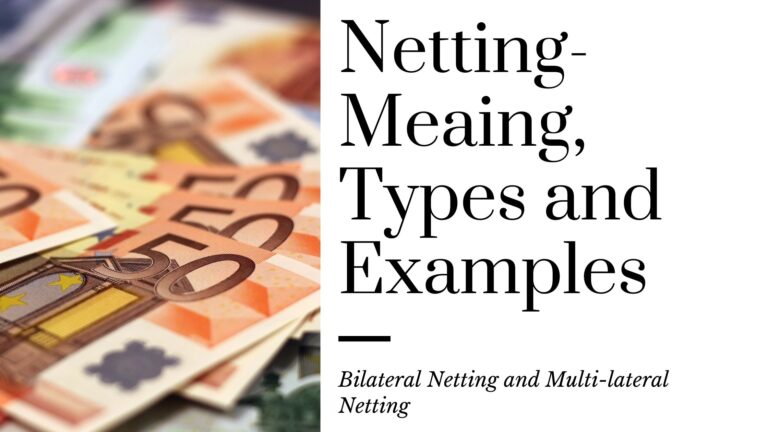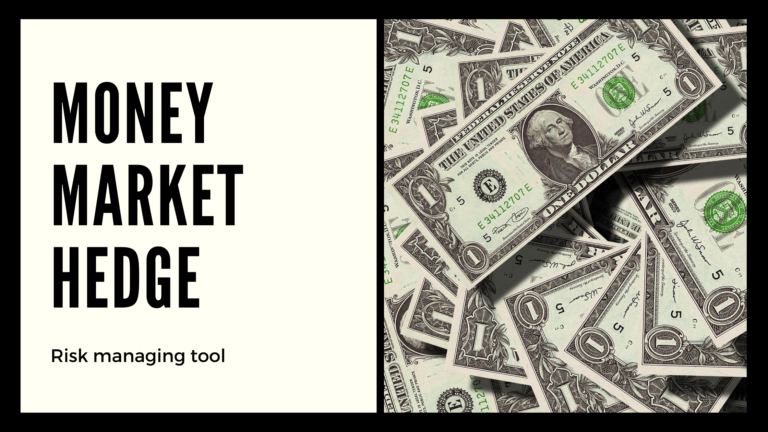Table of Contents
Meaning of Currency Option
Currency Option is a contract between two parties that provides the buyer the right to buy or sell specified quantity of underlying currency on or before a specific date at a specified price. In this derivative contract currency option buyer is not obligated or bound to exercise his right to buy or sell the currency.
To obtain this right, currency option buyer pays an amount to currency option seller or writer which is called premium or price of the currency option.
But do remember, currency option buyer gets right and not an obligation. That means its upon him whether he wants to use his right or not.
Currency Option can be used for hedging exposure in foreign currency. Let’s take an example, Mr. Rajesh is an Indian importer and he has bought a Machine from USA. He is required to pay $1,00,000 after 60 days. Current spot rate is 1$ = ₹ 73.50.
Now think what would be concern for Mr. Rajesh as an importer?
His concern would be that price of $ in terms of ₹ may increase in future i.e. after 60 days. In simple word, he is concerned that he has to pay more ₹ to buy $ after 60 days as compare to current scenario.
After 60 days spot rate 1$ = ₹ 76.10. In this scenario Mr. Rajesh has to bear loss of ₹ 2,60,000 [$1,00,000 * (76.10 – 73.50)].
But he can reduce or eliminate such losses by entering into currency option contract.
Suppose he entered into option contract to buy $1,00,000 at price of ₹ 73.90 per $. Premium for entering into contract is ₹ 1.50. In this case payoff would be ₹ 40,000 [$1,00,000 * (73.90 – 73.50)] and net loss would be ₹ 1,90,000 [₹ 40,000 + ($1,00,000 * ₹ 1.50)].
You can see that by entering into currency option contract Mr. Rajesh has reduced his loss by ₹ 70,000 [₹ 2,60,000 – ₹ 1,90,000].
Currency Call Option
Currency Call Option is a contract between two parties under which option buyer gets the right to buy the underlying currency within a specified period.
For buying the ‘right’, call option buyer will pay an amount to call option seller that is called premium.
The call option buyer will make profit if the price of the underlying currency will increase. If on or before the expiration date, price of the underlying currency falls below the strike price, the maximum loss a currency call option buyer will bear would be the premium amount.
Payoff and Profit at The Expiry of Currency Call Option Contract
Call Option Buyer’s Perspective
The call option buyer will exercise his right only if he is in profit that means he will exercise his right only when market price is more than strike price.
Call Option Buyer’s Payoff: – Market Price (Spot Price) – Strike Price
Profit/Loss for Call Option Buyer: – Market Price – Strike Price – Premium
Call Option Seller’s Perspective
Call Option Seller’s Payoff: – -Market Price (Spot Price) – Strike Price
Profit/Loss for Call Option Seller: – -Market Price – Strike Price – Premium
For example please click here.
Currency Put Option
Currency Put Option is a contract between two parties under which option buyer gets the right to sell the underlying currency at pre-determined price (Strike Price) within a specified period.
For buying the right put option buyer will pay an amount to put option seller that is called premium.
The put option buyer will make profit if the price of the underlying asset will decrease. If on or before the expiration date, price of the underlying currency move above the strike price, the maximum loss a put option buyer will bear would be the premium amount.
Payoff and Profit at The Expiry of Put Option Contract
Put Option Buyer’s Perspective
The put option buyer will exercise his right only if he is in profit that means he will exercise his right only when market price is lower than strike price.
Put Option Buyer’s Payoff: – Strike Price – Market Price
Profit/Loss for Put Option Buyer: – Strike Price – Market Price – Premium
Put Option Seller’s Perspective
Put Option Seller’s Payoff: – [ – Strike Price – Market Price]
Profit/Loss for Put Option Seller: – [ – Strike Price -Market Price – Premium]
For example please click here.




